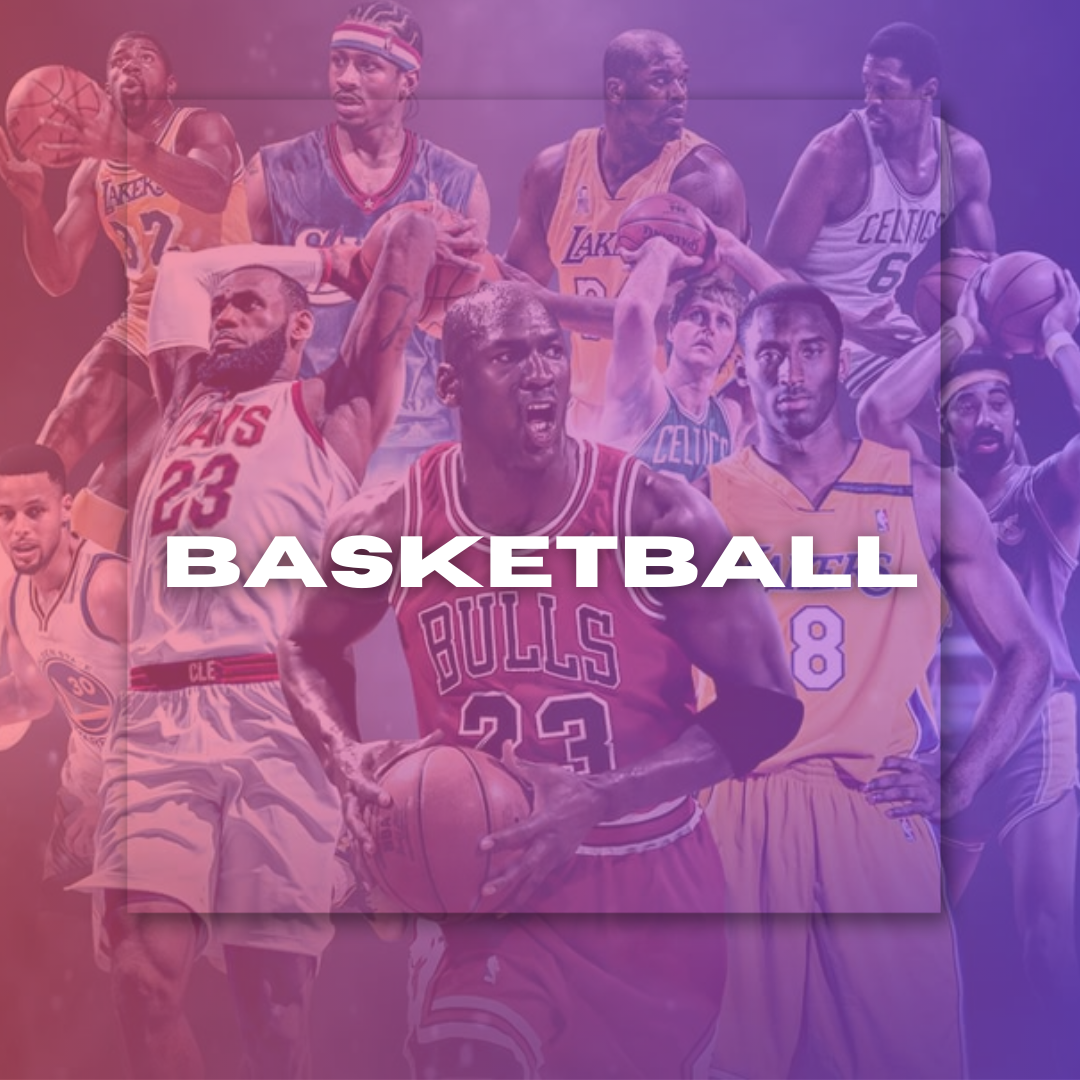
The Role of Technology in Modern Sports
The Role of Technology in Modern Sports
By Arslan Saleem August 07, 2024 00:37
Technology has already become a disruptive force by changing how athletes train, compete, and interact with fans in today's sports era. Technology is key to upgrading athletic performance from cutting-edge data analytics, rising in new equipment designs, and loads more. Below, we will delve into the myriad ways technology influences sports in today's contemporary era and analyze some examples while examining its use cases, benefits for enriching experiences, and much more.
Performance Monitoring and Tuning
Data analytics has changed the game for athletes and coaches in terms of training and performance. This data-driven approach means that teams can now have confidence in their tactics, player selection, and game plans, all with the goal of improving performance outcomes.
This includes wearable technology, such as fitness trackers and smart clothing for performance monitoring. In real-time, they measure biometric data like heart rate, sleep quality, and muscle usage. There is a lot of innovation going on in the wearables space; Precision Wear, for example, Magnetic.io, ensures that health and sports outfits are wearing sensors 24/7 to understand better what causes injuries up front, if any, as well as put forth automated plans to adjust specifically only with injured athletes. This individualized method significantly increases the effectiveness of training programs and helps prevent various injuries that force athletes out from performing at their best.
Combining Advanced Sensors with Biomechanics
It uses advanced sensors and biomechanics technology to foster enhanced performance analysis. Using motion capture systems and 3D modeling, coaches can analyze a runner's form to provide specific changes that will increase efficiency while reducing the risk of injury. This analysis of how an athlete moves allows coaches and trainers to identify deficiencies and develop specific exercises or lifts to help.
In addition, video analysis with wearable technology gives an overall picture of the player's performance. Coaches can also analyze training and competition footage, extracting key moments during a game and performance characteristics that may guide future session planning. Collecting and analyzing the data creates a feedback loop that drives continual improvements in athletes' performance.
Technological and Design Innovations in Materials
Sports equipment has been revolutionized through applied science and design in modern times. Most sports equipment today is usually made from lightweight and high-quality materials that can improve its performance. For instance, the use of new super strong yet light cross-fiber materials with bicycles helps cyclists go faster and further distances for less effort.
Along with materials, the design of sports equipment has progressed for athletes. With customizable gear, including shoes and protective equipment, athletes can specifically adjust their equipment to suit biomechanics and preferences. Customization is useful not only to make the helmet more comfortable but also to optimize performance by making sure each athlete has a proper-fit tool for his or her specific sports.
Sensors and AI Integration
The inclusion of artificial intelligence (AI) into sports equipment has also witnessed spectacular growth. AI-powered smart equipment like tennis rackets and golf clubs can evaluate the player's workout performance on the spot to provide immediate feedback and personalized recommendations. For example, it can monitor swing speed and angle as well as point of impact, providing athletes with the data needed to improve.
Also, AI is used to develop new hardware and its testing. Manufacturers can use these to perfect equipment performance under simulated conditions and athlete interaction before it hits the market. This, in turn, not only improves the grade of sports gear but also offers athletes the best possibility to train and stand out on their playing field.
Improving Competitions and Contests
Replay Technology and AI Officiating
Sports officiating has also been affected by communication and technology innovations. A number of video replay systems are also seen in other sports, like the Video Assistant Referee (VAR) for soccer, which helps officials review contentious decisions using footage. This technology minimizes human error and ensures important calls are based on factual proof.
New AI-powered systems are also being developed to assist conventional refereeing. Opinions are data that power officiating decisions by systems analyzing game footage in real-time. One way is using AI to monitor body movements and foul-offside cases so that referees can make the correct decisions. Including this technology is not just great for the sport; it also adds to a higher-quality match view in general.
Goal-line technology and more
Goal-line technology has been implemented in sports such as soccer to determine whether the ball crossed the goal line. This tech enables fast and precise decisions using sensors and cameras to ensure there are no disputes over goal-scored situations. These innovations make it a level playing field and increase the trust among official decision-makers in sporting events.
The Advent of New Wave Sports
Esports and Drone Racing
Technology has improved traditional sports and opened new ways for adaptive or para-athletes, apart from the glut of billions to be made in another, more erotic world outside porn: esports (aka competitive video gaming). Both athletic ability and the way athletes train are being redefined as Esports allow competitors to push their talents in new ways, from strategic thinking all the down to fast-twitch-reflexes.
Likewise, drone racing is a new sporting activity that couples technology and competition. Drones race through high-speed, complex courses with pilots controlling the action using advanced technology. The digital age demands new ways of thinking about athletic competition, and these alternative forms show how we play is changing with the times.
Technology has its influence. The advancements in data analytics, wearable technology, high-tech equipment, and improved officiating all play a part in the outcome of modern sports. These are just a few examples of how this technology is trickling into the hands or bodies of athletes and teams, which means that the opportunities for performance enhancements and competition will continue to change as sports agility continues to evolve. The best part is that, with advancements in technology, we arrive at a compelling future of athletics that chalks out performance enhancement prospects and the nurturing foundation element, thus offering sport an advanced scenario.
LATEST
- NEWS
- |
- ARTICLES
- |
- VIDEOS






















































































